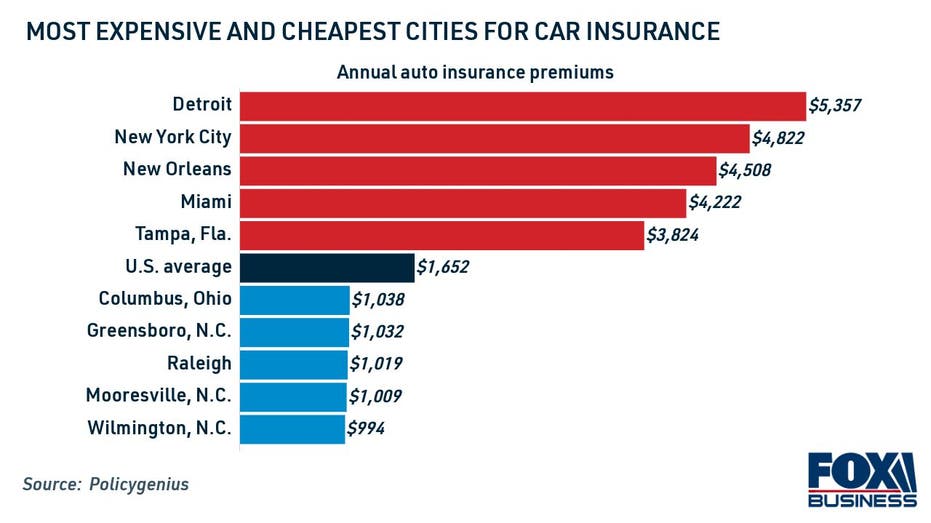
If you are in urgent need of medical attention, your emergency medical insurance will cover the cost. But, you may not be covered when you go to an out of-network hospital. The out-of–network hospital is not subject to prior approval by your insurance company. However, you need to be aware that there are certain rules and requirements before you use their services.
Catastrophic Health Coverage
Catastrophic plans offer coverage for medical expenses in the event that a catastrophic event occurs. These policies will pay up to the deductible amount for covered medical costs. However, if the patient is hospitalized or has surgery, the catastrophic plan will cover all the expenses. These plans offer free primary care visits and preventive care in addition to emergency coverage.
Catastrophic health coverage for emergency health insurance is often a good option for those without major medical coverage. Catastrophic coverage for health insurance is usually affordable and requires lower monthly premiums. Although they have higher deductibles than traditional medical insurance, they are usually less expensive. They're ideal for individuals who don’t have any income or who aren’t insured.

Catastrophic medical insurance for travel
You may want to consider a catastrophic insurance plan if your goal is to find affordable travel medical coverage. These plans come with low monthly premiums and high-deductible options, which makes them an excellent way to protect you in the worst scenario. However, it's important to note that you'll have to pay all the medical costs until you've met your annual deductible, which is usually a few thousand dollars.
A catastrophic travel insurance plan for medical purposes may be affordable, but it may not be the best choice for everyone. Basic catastrophic plans don't cover chronic illnesses and are limited to emergency coverage. For seniors who require medical supervision regularly, they may not be suitable. They may not cover preventive care services like annual checkups.
Temporary non-immigrant coverage
The U.S. offers emergency medical insurance to non-immigrant temporary residents. This includes undocumented students and undocumented aliens. It covers any emergency medical condition for which the patient needs emergency medical care. Preventive services are not covered under the policy. Pre-approval can be a good option if your eligibility is not clear. This will allow for you to get a pre-approval letters up to 12 month in advance. To learn more about enrolling, you can go online or dial 311 to find out more. You will also be required to prove your identity, income, and state residency.
In addition, temporary non-immigrants may also be eligible for Medicaid emergency medical care. They must prove their immigration status through the USCIS. They may have lost their documents, but that will not hinder you from receiving emergency medical services.

Emergency medical insurance includes cost sharing
In the event that you need emergency medical care but don't have the appropriate insurance coverage, you may have to pay out-of-network fees. This will apply to emergency care, hospitalization and emergency room services. The hospital bill, as well as bills from doctors and other providers not in-network, are all part of emergency room costs. This includes in-hospital services such as pathology and anesthesia provided by doctors not in network.
Many health plans include some cost-sharing or out-of pocket costs. These costs can vary depending on which type of plan you have and what service you are using. Cost sharing is generally in the form a copayment or coinsurance. You will be required to pay a copayment for any emergency room visits.